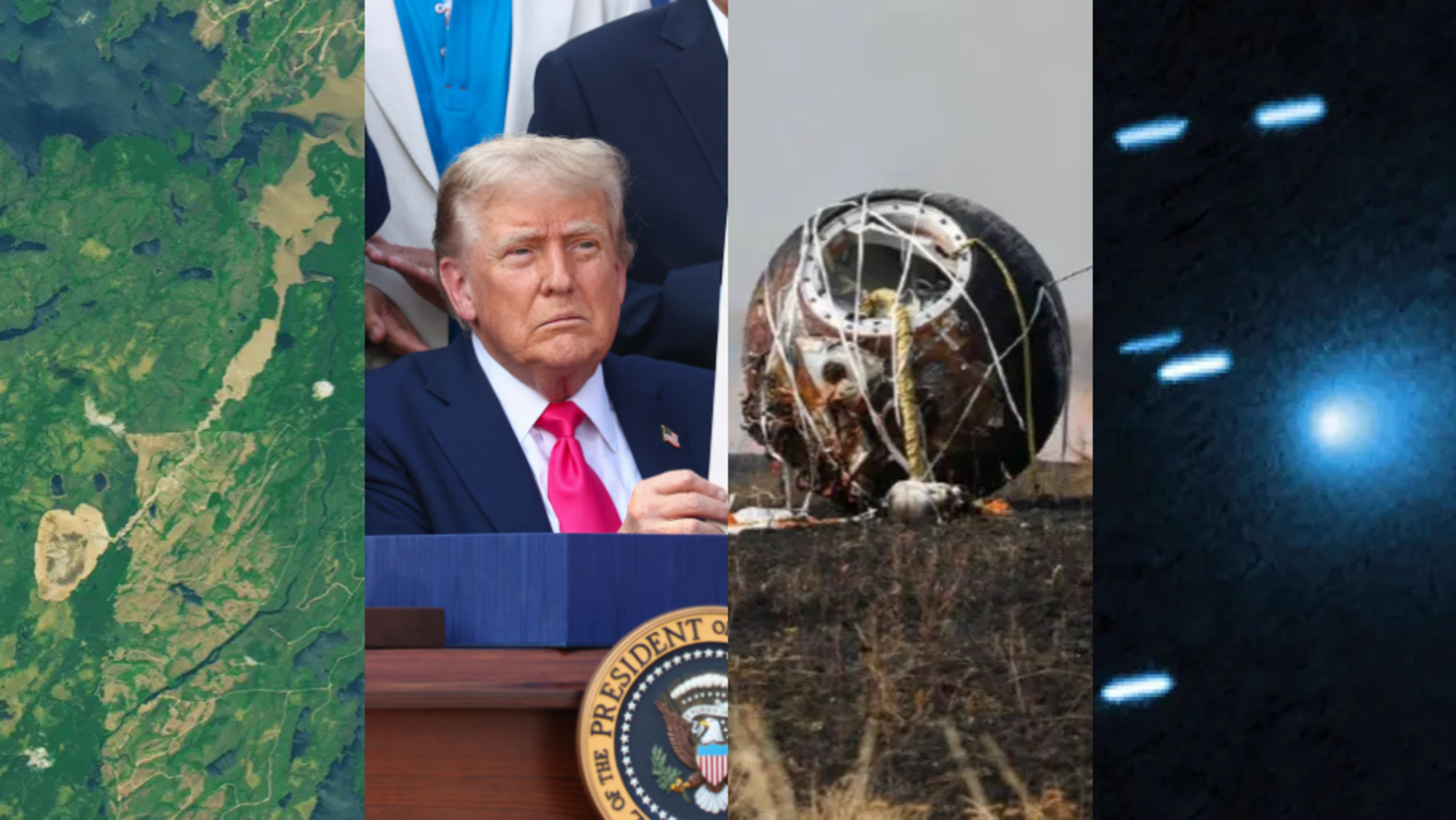Astronomers spot 2 intriguing alien worlds around ultracool star
The newly discovered planets orbit an ultracool dwarf star and one is in the habitable zone, making it a prime target for further investigation.

An international team of astronomers has discovered two new super-Earths orbiting a distant ultracool dwarf star located 100 light-years away from Earth.
The newly spotted exoplanets orbit the second coolest star ever found with planets around it. The inner planet of the system, designated LP 890-9b, is around 30% larger than Earth and rapidly orbits the dwarf star in just 2.7 Earth days. The second planet, called LP 890-9c, is slightly larger, at around 40% larger than Earth, and completes its orbit in around 8.5 Earth days. Astronomers believe this second planet is in the habitable zone of its star, where it is neither too hot nor too cold to support the existence of liquid water at its surface.
The inner planet was originally identified as an exoplanet candidate by the Transiting Exoplanet Survey Satellite (TESS), which spots exoplanets as they cross the face of their stars as seen from Earth, causing a tiny drop in light output. It was then confirmed by telescopes of the Search for Habitable Planets Eclipsing Ultra-cool Stars (SPECULOOS) project operated by the University of Birmingham in the U.K. (In addition to LP 890-9, the system is sometimes referred to as TOI-4306 or SPECULOOS 2 to recognize these two observers.)
Related: 10 amazing exoplanet discoveries
The SPECULOOS team then searched the system for additional exoplanets, which revealed the second world that TESS missed.
"TESS searches for exoplanets using the transit method, by monitoring the brightness of thousands of stars simultaneously, looking for slight dimmings that might be caused by planets passing in front of their stars," Laetitia Delrez, an exoplanetary scientist at the University of Liège in Belgium and lead author of a paper detailing the discovery, said in a statement. "However, a follow-up with ground-based telescopes is often necessary to confirm the planetary nature of the detected candidates and to refine the measurements of their sizes and orbital properties."
This follow-up work is particularly important in the case of cool stars like LP 890-9 because much of their light registers as infrared, to which TESS's sensitivity is limited.
Breaking space news, the latest updates on rocket launches, skywatching events and more!
That weakness isn't shared by the SPECULOOS project telescopes, which are located in Chile and on Tenerife, an island just west of Morocco. These telescopes are equipped with cameras that are very sensitive to near-infrared light.
"The goal of SPECULOOS is to search for potentially habitable terrestrial planets transiting some of the smallest and coolest stars in the solar neighborhood," Michaël Gillon, an astronomer at the University of Liège and SPECULOOS project principal investigator, said in the same statement. "This strategy is motivated by the fact that such planets are particularly well suited to detailed studies of their atmospheres and the search for possible chemical traces of life with large observatories, such as the James Webb Space Telescope (JWST)."
Gillon compared the discovery of these planets around the cool star LP 890-9 to finding the exoplanets of the TRAPPIST-1 system, centered on what is currently the coolest star ever found to have planets orbiting it.
Of the seven known exoplanets around TRAPPIST-1, three are in the habitable zone, which has made the system a prime target for deeper investigation. And the fact that one of these newly discovered worlds occupies the habitable zone of LP 890-9 makes further investigation of the system almost equally enticing.
"This gives us a license to observe more and find out whether the planet has an atmosphere, and if so, to study its content and assess its habitability," Amaury Triaud, an astrophysicist at the University of Birmingham and SPECULOOS working group leader, said.
Next, the scientists hope to study the atmosphere of SPECULOOS-2c, possibly with JWST, which recently detected carbon dioxide in the atmosphere of an exoplanet.
"It is important to detect as many temperate terrestrial worlds as possible to study the diversity of exoplanet climates and eventually to be in a position to measure how frequently biology has emerged in the cosmos," Triaud concluded.
The team's research was published Wednesday (Sept. 6) in the journal Astronomy & Astrophysics.
Follow us on Twitter @Spacedotcom and on Facebook.

Robert Lea is a science journalist in the U.K. whose articles have been published in Physics World, New Scientist, Astronomy Magazine, All About Space, Newsweek and ZME Science. He also writes about science communication for Elsevier and the European Journal of Physics. Rob holds a bachelor of science degree in physics and astronomy from the U.K.’s Open University. Follow him on Twitter @sciencef1rst.
